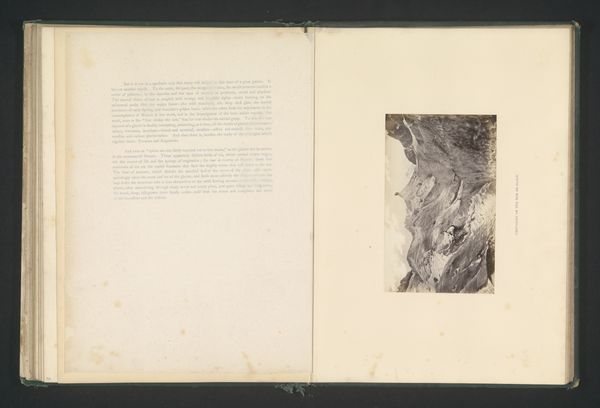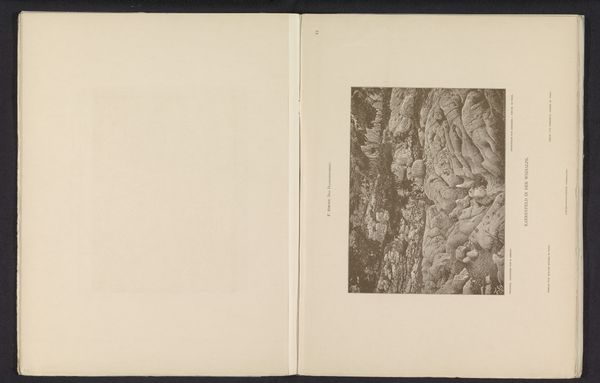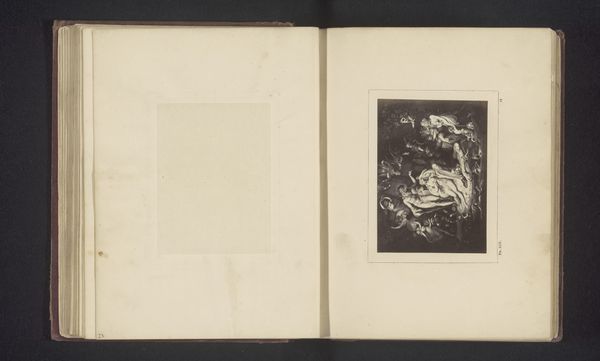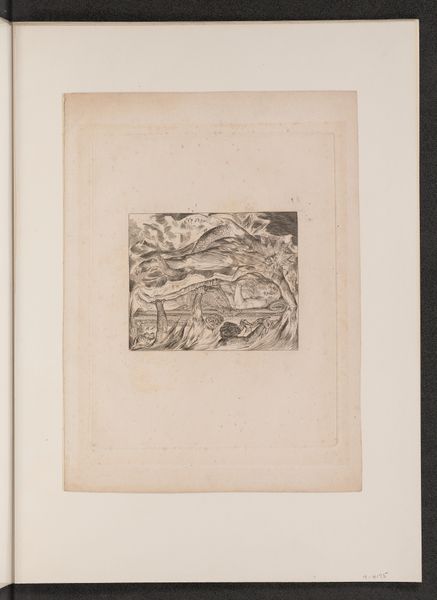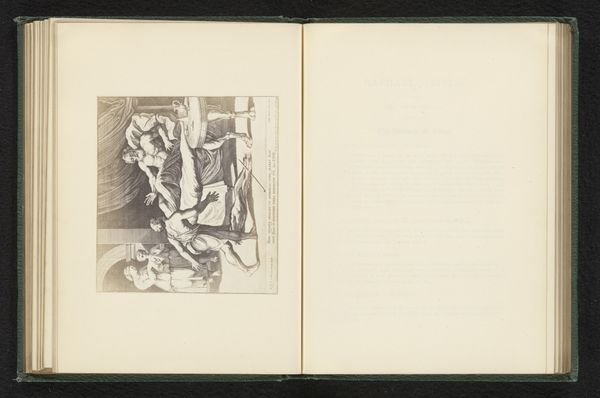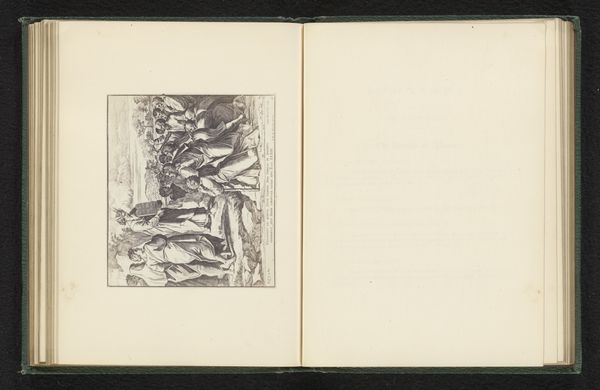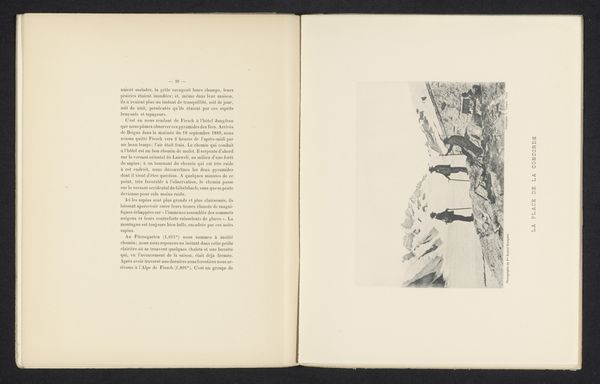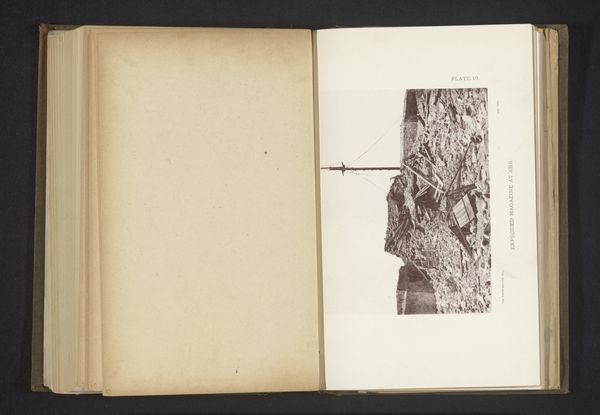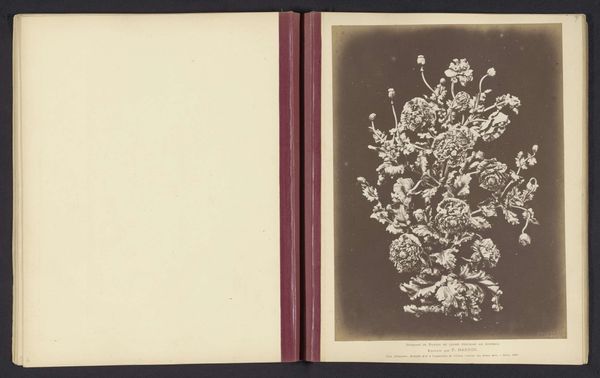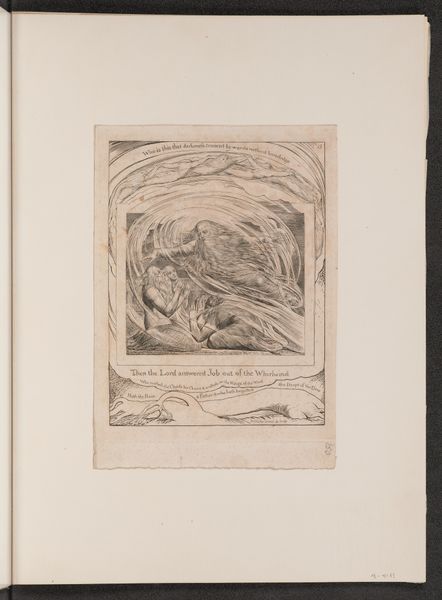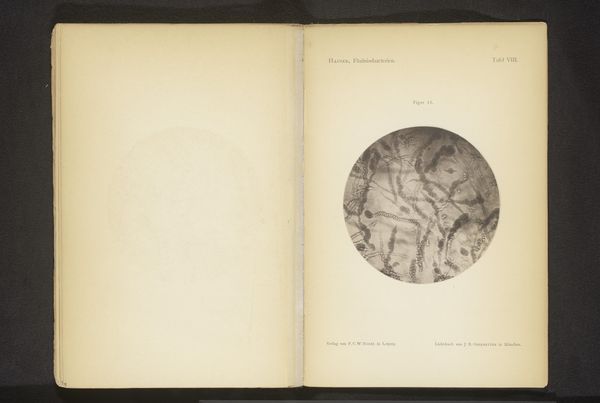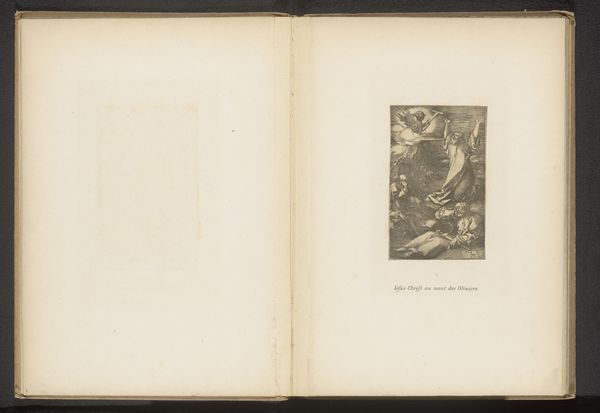
Fotoreproductie van een prent naar een fresco door Rafaël van de overwinning van Joshua before 1868
0:00
0:00
print, engraving
# print
#
11_renaissance
#
history-painting
#
italian-renaissance
#
engraving
Dimensions: height 96 mm, width 114 mm
Copyright: Rijks Museum: Open Domain
This photomechanical print of a fresco, depicting Joshua’s victory, was made by Edward Dunmore, likely in the late 19th century. Photomechanical prints like this one were made using photosensitive chemicals to transfer an image to a metal plate, which could then be used to make multiple prints. Consider how this process of reproduction differs from earlier forms of printmaking. Before photography, printmakers had to translate images by hand, using techniques like etching and engraving. A photomechanical print, however, could faithfully reproduce an image with minimal human intervention. This was part of a broader shift towards mechanical production in the 19th century. The ease and accuracy of this process democratized image production. While it reduced the need for skilled labor, the resulting prints could be mass-produced and distributed widely. Understanding its making helps us appreciate the social and technological transformations that underpinned its creation.
Comments
No comments
Be the first to comment and join the conversation on the ultimate creative platform.

